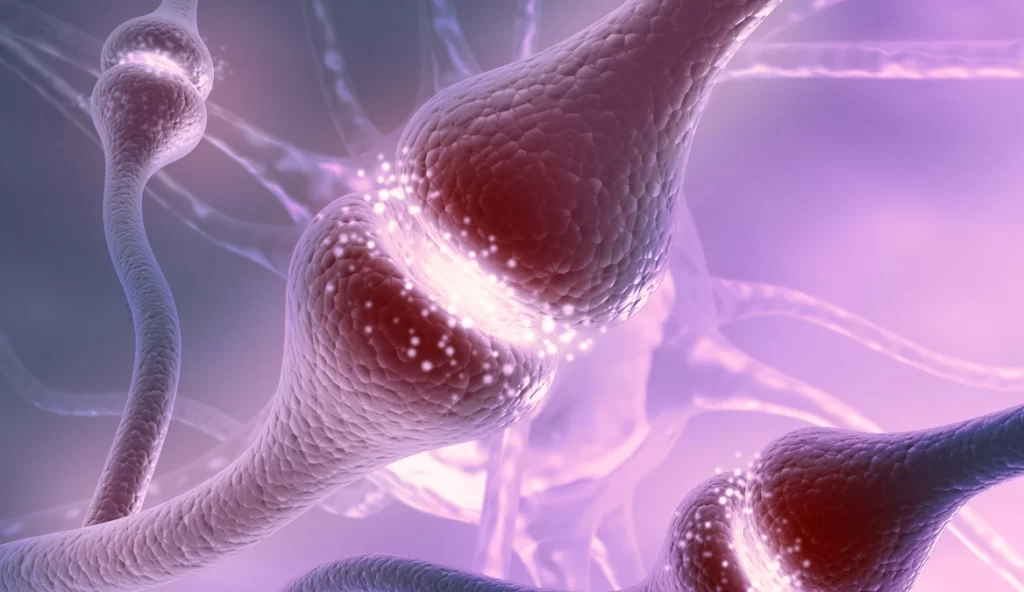Exercise has been shown to increase the production of glutamate in the brain. This is thought to occur in several ways:
- Increased Blood Flow: Exercise increases blood flow to the brain, which delivers more oxygen and nutrients, including glucose, which is used as a fuel for neurotransmitter production.
- Increased Glutamate Release: Exercise has been shown to increase the release of glutamate from neurons, which can then stimulate other neurons in the brain and increase their activity.
- Enhanced Glutamate Synthesis: Exercise can also stimulate the synthesis of glutamate, the process by which the neurotransmitter is produced. This may be due to the activation of pathways that are involved in neurotransmitter production and release.
- Improved Brain Function: Exercise has been shown to have a positive impact on overall brain function, which may be due in part to increased glutamate production. For example, regular exercise has been associated with improvements in cognitive function, mood, and memory.
It is important to note that while exercise can increase the production of glutamate, it is important to maintain a healthy balance of neurotransmitters in the brain, and excessive levels of glutamate can be damaging to the brain. It is always important to consult a healthcare provider before starting a new exercise program.

